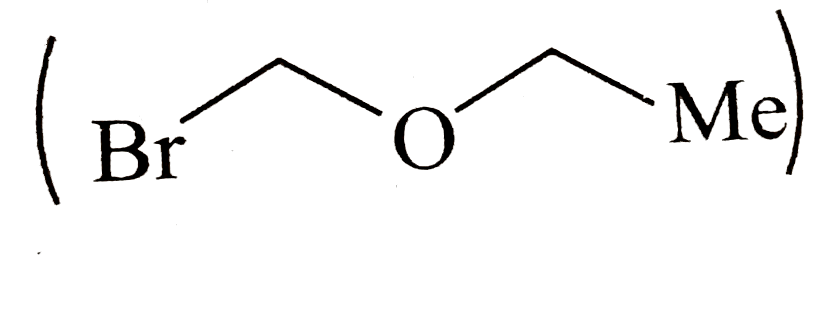Complete Solutions to Assertion-Reasoning of chapter ORGANIC REACTION MECHANISM of Class 11 book with complete answers and questions
| Class 11 | CHEMISTRY |
| Chapter | ORGANIC REACTION MECHANISM |
| CENGAGE CHEMISTRY | Assertion-Reasoning |
| Number Of Questions | 12 |
| Academic Year | 2023-24 |
`1^@` allylic halides are more reactive than `1^@ RX` in `SN^1` reaction.
Allylic carbocation intermediate is stabilished by resonance.
View SolutionWalden inversion takes place in `SN^2` reaction.
Half-life period of `SN^2` reaction is inversely proportional to the concentration of the substrate or nucleophile or both.
View SolutionChlorination of allylic hydrogen is difficult than vinylic hydrogen.
Allyl radical is stabilished by resonance.
View SolutionHeavy metal ions `Ag^+` or `Pb^(2+)` decrease `SN^1` reactivity.
They aid ionisation of `RX`.
View SolutionCrown ether acts as phase transfer catalysis and increases `SN^2` reactivity.
They strongly complex cation and leave anion (nulceophile) with increased reactivity.
View Solution`RS^(Ө)` is a stronger nucleophile and a better leaving group than `RO^(Ө)`.
`RS^(Ө)` is a weaker base than `RS^(Ө)`.
View Solution
The product `(B)` results by `SN^2` mechanism and product `(c)` results by `SN^(2')` mechanism.
View Solution`(I) Mel+PH_(3)overset(60% "acetone")overset(+40%H_(2)O)toMeoverset(oplus)(P)H_(3)+I^(Theta)`
`(II) Mel+PH_(3)overset(H_(2)O)toMeoverset(oplus)(P)H_(3)+I^(Theta)`
Increase in solvent polarity stablilises the `T.S`., lowers `E_(act)`, and increases the rate.
View SolutionElcB` reaction is favoured by stabilisation of carbanion and poor leaving group.
The reaction is kinetically of the second order and unimolecular.
View SolutionRate of ethanolysis of `1^@` halide
 by `SN^1` machanism is fast.
by `SN^1` machanism is fast.
Carocation is stabilised by resonance.
View SolutionPhenol is more reactive than benzene towards electrophilic substitution reaction.
In case of Phenol, the intermediate carbocation is more resonance stabilised.
View SolutionAddition of bromine to trans-2-butene yields meso-2,3-dibromobutane.
Bromine addition is an electrophilic addition.
View Solution
Assertion-Reasoning questions and complete solutions for chapter ORGANIC REACTION MECHANISM of CENGAGE CHEMISTRY (HINGLISH) of Class 11